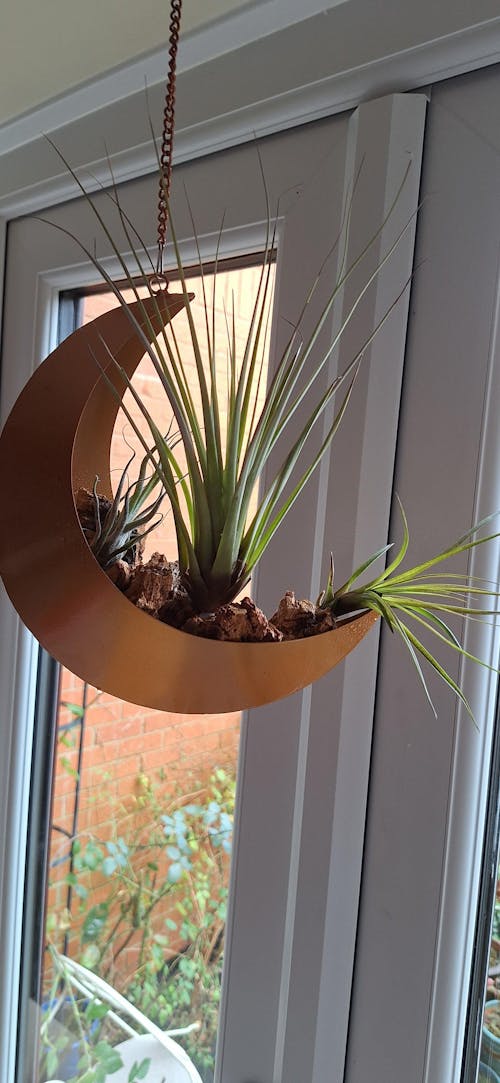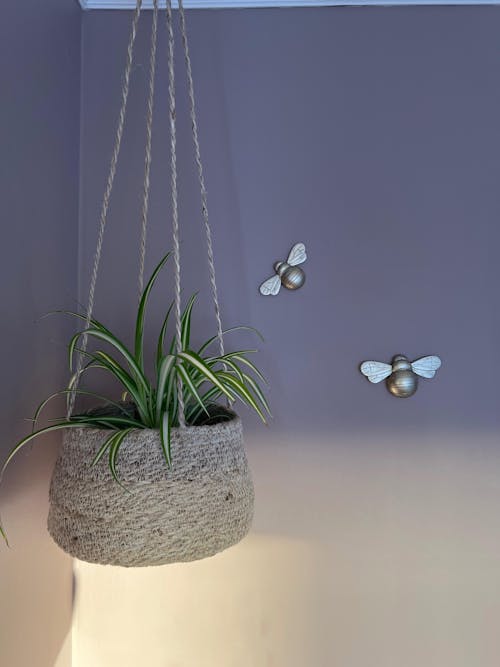Scientific Name
Ludisia discolor (two-coloured Ludisia) ‘Green Velvet’
The etymology of the Genus name 'Ludisia' is unknown!
Common Name
Jewel Orchid
Origin
Native to China and Southeast Asia
Description
Unlike most orchids, the part that stands out most on this species is its gorgeous leaves! They almost glow with a deep, velvety green and thin silver stripes and mean that, whether it's flowering or not, the Jewel Orchid is an eyecatching addition to your home. These Orchids are also blooming, with a tall stem of tiny, pale flowers which complement the stunning foliage. Take care of this plant, make sure it never gets waterlogged, and it will reward you with standout foliage and pretty blooms to boot!
Light
Indirect light is key for these plants; they don't want to be in too bright/ direct light. As long as it's light enough to read a newspaper there, a dimmer position will be perfect for the Ludisia Orchid.
Water
Water when the top third of the soil has dried out; make sure excess water can drain freely from the pot! It's important not to use cold water when the Orchid is blooming as this can shock it and cause it to drop flowers.
Humidity
Average humidity is fine; it can benefit from the introduction of a pebble tray but too much humidity can also be harmful for this orchid so take care that it also has some air circulation! Don't mist this one, especially not the flowers, as this can encourage blight or mildew.
Soil
A well-draining but moisture retentive mix is best for this plant. One with a little added coir and bark, or a mix suited for Alocasia, will be the perfect fit. Repot every three years in spring as the plant grows; this orchid's roots grow sideways so it will love a pot that's wide and shallow!
Food
Feed monthly in the dormancy period, and a little more frequently in spring and summer or whilst blooming. A houseplant feed will do, and will favour the leaves; if you want to encourage blooming, use a feed high in potassium, such as tomato feed.
Temperature
Ideal temperature is 15-25°C; make sure it does not get colder than 12°C in winter.
Pet-safe
This plant is non-toxic to humans and pets but can cause a bad reaction, particularly if lots is eaten, so it's advisable to keep out of reach if your pets are prone to a frequent nibble!
Sprouts Top Tips
The jewel orchid is most likely to flower in winter when it has had slightly cooler temperatures (around 15°C) in autumn and winter. This 'dormancy' temperature will help it save up energy which it can then use to flower. To allow a proper dormancy, keep the Orchid under 18°C, reduce watering so half the soil dries out between waters, and make sure it doesn't get any direct light; even winter sun can cause it to get dehydrated too quickly.





























